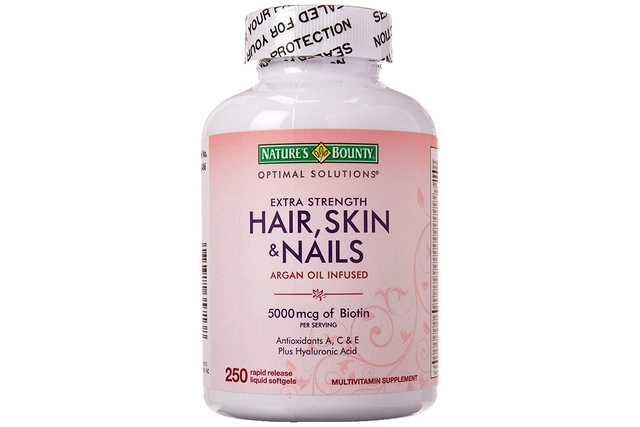Understanding Atypical Antipsychotics
When working with atypical antipsychotics, a class of second‑generation drugs used mainly for schizophrenia and bipolar disorder. Also known as second‑generation antipsychotics, they target both dopamine and serotonin receptors to balance mood and thought patterns.
One key related entity is schizophrenia, a chronic mental illness marked by hallucinations, delusions, and cognitive decline. Atypical antipsychotics like clozapine and risperidone are often prescribed because they reduce positive symptoms while causing fewer motor side effects than older drugs. Another important concept is dopamine receptor antagonism, the process of blocking dopamine D2 receptors to calm overstimulated brain pathways. This mechanism, combined with serotonin 5‑HT2A antagonism, forms the backbone of how these medicines work.
What to Expect When Starting an Atypical Antipsychotic
Patients usually notice a gradual drop in hallucinations within weeks, while mood stabilization can take a few months. Common side effects include weight gain, metabolic changes, and mild sedation; however, the risk of severe movement disorders like tardive dyskinesia is lower compared to typical antipsychotics. Blood monitoring is essential for drugs such as clozapine because of rare but serious agranulocytosis. Knowing the trade‑off between therapeutic benefits and potential side effects helps clinicians tailor treatment—an approach echoed in recent clinical guidelines.
Beyond schizophrenia, these drugs are also effective for bipolar mania, major depressive disorder adjunct therapy, and even off‑label use in obsessive‑compulsive disorder. Their versatility stems from the broader receptor profile, which can improve mood, anxiety, and cognition simultaneously. Real‑world studies show that patients switching from older agents to atypicals often experience better adherence and quality of life.
Our collection below dives deeper into each drug’s profile, practical dosing tips, managing side effects, and the latest research on long‑term outcomes. Whether you’re a patient looking for clear guidance or a clinician needing quick reference, these articles give you the context you need to make informed decisions about atypical antipsychotics.




